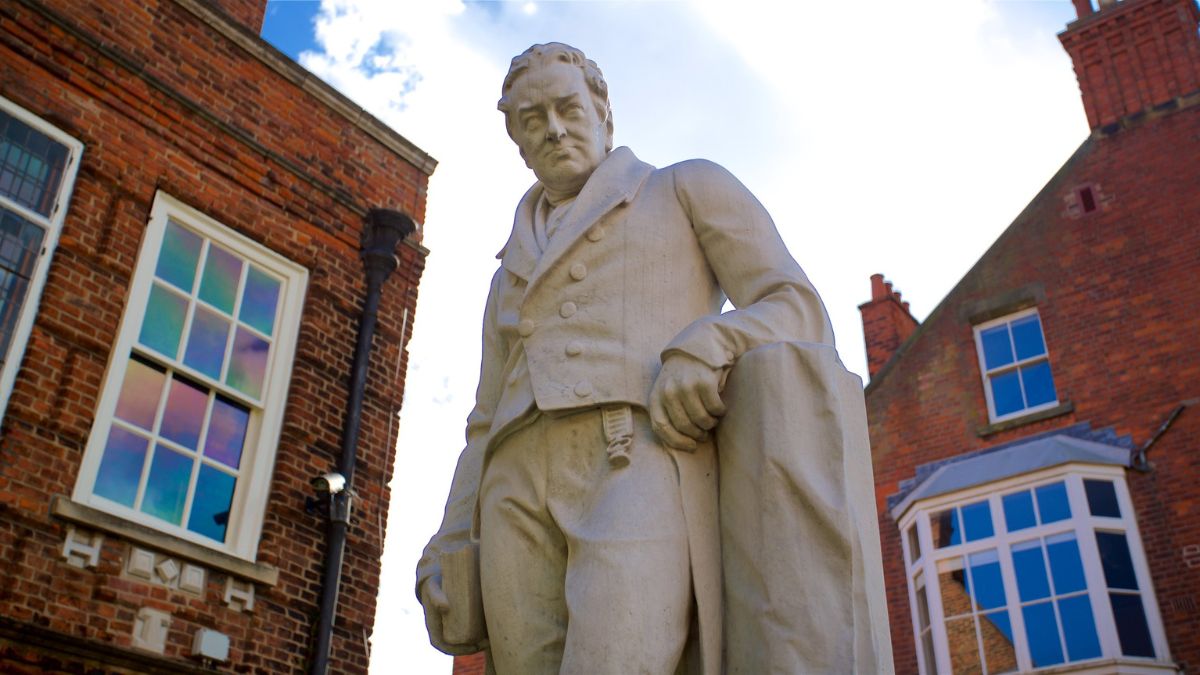

BreakPoint
Trumpets and Earth Tremors
One of the most exciting battles in the Bible is the story of Joshua’s trumpets bringing down the walls of Jericho—but until recently many scholars denied that it ever occurred. Now, new evidence dramatically confirms the biblical account. Charles Pellegrino discusses the fall of Jericho in his book, Return to Sodom and Gomorrah. Pellegrino is an agnostic who set out to examine the archaeological remains of the ancient Near East. During his investigations he was surprised to discover evidence supporting many of the events recorded in the Old Testament. One of the greatest surprises was the discovery of the biblical city of Jericho lying under layers of dirt and rubble. For decades skeptical scholars had assumed that Jericho did not even exist in Joshua’s time. In fact, the alleged absence of the biblical Jericho was cited in archaeological textbooks as proof that the Bible is not historically accurate. But Pellegrino pulls together evidence from archaeology showing that Jericho existed during the time of Joshua after all. Even more exciting, it shows that the walls surrounding Jericho fell down in a very unusual manner: out from the city and down flat,forming a perfect ramp for an invading army. This is exactly what a student of the Bible would expect to find. According to the Book of Joshua, when the priests of Israel blew a blast on their trumpets, the walls of Jericho collapsed, allowing the Israelites to enter and conquer the city. There’s more. An examination of the fossilized food supplies indicates that the city fell after a very short siege. Curiously, the invaders didn’t steal the food supplies. Instead, they scattered the grain and then burned it along with the city, an action one scholar calls “unique in the annals of Palestinian archaeology.” Again, this fits with the biblical account: The Bible states that Joshua and his men didn’t steal the grain, because God told them to destroy the city without looting it. Finally, after the Israelite conquest, Jericho sat empty for hundreds of years—as shown by several feet of silt lying above the ancient ruins. This is consistent with the biblical account that Joshua cursed the city: “Cursed before the Lord is the man who undertakes to rebuild this city, Jericho.” Of course, as an agnostic, Pellegrino doesn’t accept the Old Testament’s explanation of the archaeological data. For example, he suggests that the walls of Jericho were felled by an earthquake. The Christian’s response should be that it’s entirely possible for God to use the forces of nature to accomplish His purposes. But if you leave God out of the picture, it becomes nearly incredible to think an earthquake just happened to take place just as the Israelite priests blew their trumpets. In short, it takes at least as much faith to accept a naturalistic explanation as it does to accept the biblical account. As for the centuries that Jericho lay empty, Pellegrino admits that he is stumped: “Cities located near major watercourses are never abandoned for all time,” he says, “... but something unusual happened” at Jericho. The findings at Jericho are one more reminder that Christians don’t need to take a back seat to the biblical skeptics. Why not use this stunning archaeological evidence from Jericho to answer those who deny that the Old Testament is rooted in historical fact. The story of Joshua’s men blowing their trumpets to bring down the walls of Jericho is not just a lot of hot air.
03/25/97















